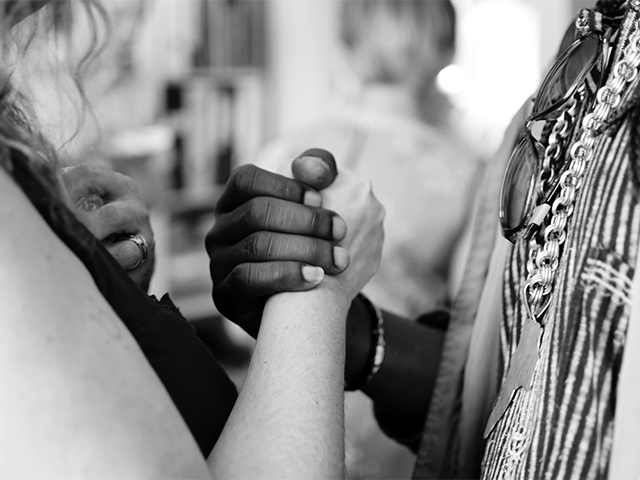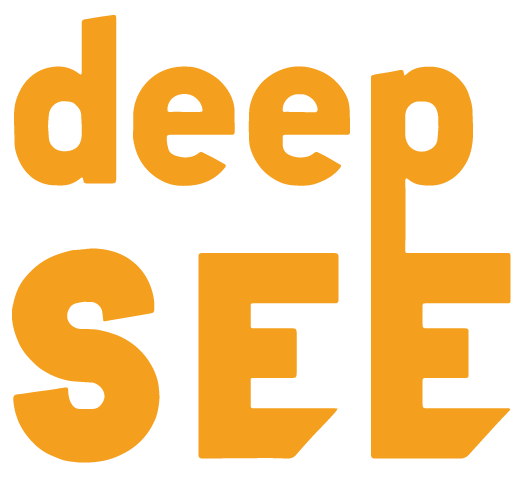Episode 73:
DEI Work and the Minimization Barrier
What you’ll learn about in this episode:
- Why organizations do more and more DEI work but seem to make no real progress, because they focus on Minimizing the differences instead of maximizing them! focused on Minimization
- How to determine if your organization is operating from Minimization, and what impact this can have on your workplace and your team
- Why being in Minimization will predictably bring lukewarm compliance and wasted resources without getting results.
- How to do DEI work with intense and effective commitment Why Minimization means being unable to differentiate the “differences that make a difference” when you need to be able to differentiate
- Why the Minimization stage can be a difficult barrier to hiring, retaining and promoting diverse talent
- How the inability to differentiate can also be costly in your market and within your relationship to existing and potential customers or clients
- Why cultural competence is shown to be a key separator between the lowest performing and highest performing teams
DEI Work and the Minimization Barrier
If you’ve been following the What’s The Difference podcast for a while, you know that there are five stages of cultural competence that individuals and organizations move through as they learn to navigate what makes us all different from each other. Today, I want to talk to you about the third stage, Minimization, and its impact on your organization’s DEI work. Minimization is the stage that the vast majority of organizations and individuals find themselves operating from. The big problem here is that the first three stages (denial, polarization, and Minimization) are the ineffective stages, and it isn’t until the fourth stage where we can recognize and accept our differences that we are able to successfully navigate across differences and create a truly diverse, equitable and inclusive workplace.
So what exactly is Minimization? This is the stage in which we focus on “equality” by attempting to treat everyone as “fairly” as possible…without taking into account the differences that make a difference. It’s about setting the finish line for the marathon at the same place for everyone, without taking into account how close or far away everyone is starting the race. Minimization attempts to treat everyone equally and turn a blind eye to their differences, without recognizing that sometimes they really are “differences that make a difference”.
This is why many organizations who have the best of intentions spend time, money, and resources on DEI work without actually moving the needle, and the Minimization barrier can be a difficult one to cross if you aren’t able to see and recognize the differences that make a difference.
DEI Work that Moves the Needle
So what can be done to ensure that the DEI work you’re doing gets traction and makes a difference? First, you need to identify where your organization is within the hierarchy of cultural competence. Look at your leadership team, at the managers within your organization. Are you hiring, retaining, and promoting diverse talent? If your leadership team doesn’t reflect the organization as a whole, this is a strong indicator that you’re in the Minimization stage.
The next step is to begin doing the difficult, important development work to help you move out of Minimization and into the fourth stage, acceptance. This requires a strong buy-in from your entire organization and an ongoing commitment to development, individually and collectively.
Why Does it Matter?
According to the findings of researchers Martha Maznevski and Joseph Distefano, diverse teams that lack cultural competence are among the lowest-performing teams. The good news is that teams that are both diverse and culturally competent are some of the highest-performing teams. Cultural competence makes a dramatic difference in a team’s ability to work together and operate at the highest levels. So, while the necessary development work can be difficult, the results speak for themselves.
Research shows that cultural competence results in greater diversity and higher levels of engagement and inclusion. DEI work is vitally important, but before it can make an impact we must move our organizations out of the first three stages of cultural competence and into the higher fourth and fifth stages, acceptance and adaptation. Only then can we begin to gain traction and move the needle forward.

About Sara Taylor
Sara Taylor earned a master’s degree in Diversity and Organizational Development from the University of Minnesota. She served as a leadership and diversity specialist at the University of Minnesota for five years and as director of diversity and inclusion for Ramsey County, Minnesota for three years.
Sara is the founder and president of deepSEE Consulting and has worked with companies as large as Coca-Cola, General Mills, 3M Company, AARP, and numerous others. She has a new book, “Filter Shift: How Effective People See the World,” that explores how our unconscious is actually making choices and decisions for us, all without our knowing — and how to change that.
How to Connect with Sara Taylor:
- Website: www.deepseeconsulting.com
- Twitter: @deepseesara
